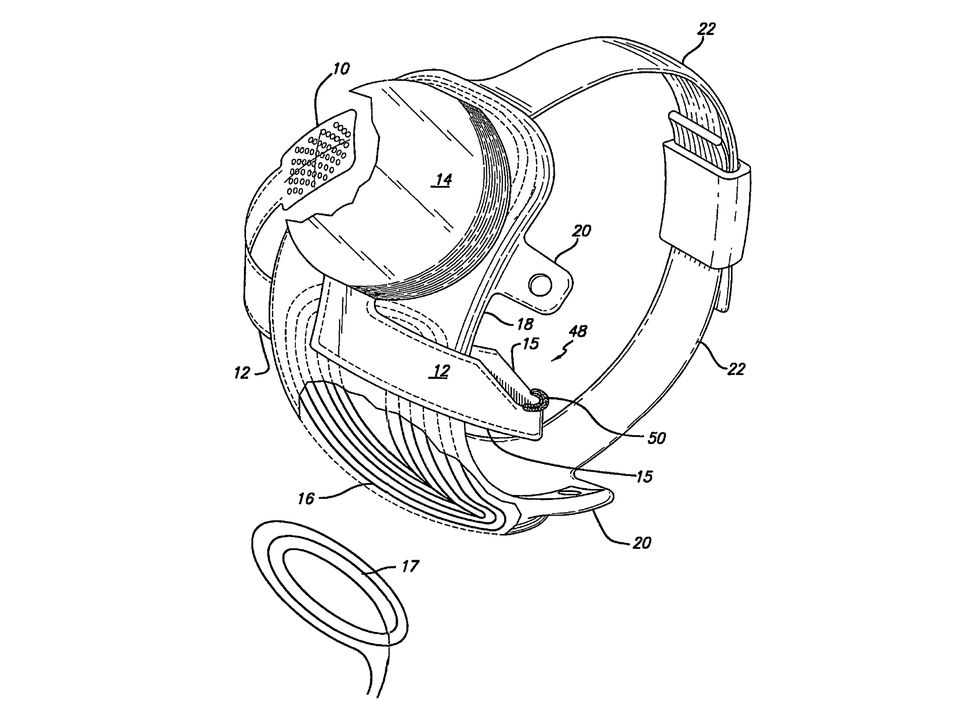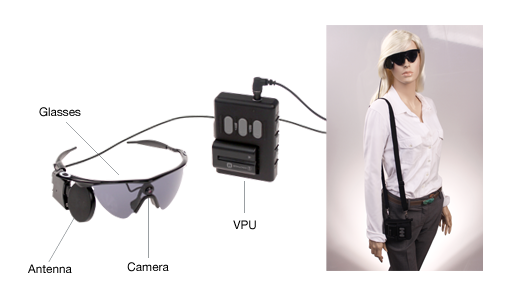New Medical Device: Restoring Sight to the Blind

An intersection of far-sighted government regulation and American entrepreneurship is accelerating interest in an innovative medical device that offers promising hope for up to 6 million people suffering from partial blindness.
An electronic brain implant or bionic eye developed by Second Sight utilizes a pair of glasses equipped with cameras and external processors to relay electrical pulses to electrodes attached around the retina to enable perception of light, shapes and outlines.
Testing these “limited vision” devices took place in clinical trials sanctioned by the FDA as part of its recent Breakthrough Devices Program which seeks more effective treatment or diagnosis for life-threatening or irreversibly debilitating diseases for which no approved or cleared treatment exists.
This partnership between government and industry comes as a blessing for over 400,000 patients suffering from retinitis pigmentosa, a rare genetic disorder that involves a breakdown and loss of cells in the retina.
The innovative devices have enabled people with RP to read large letters and navigate environments without the use of a cane or guide dog. While testing is still ongoing, the FDA ultimately concluded that the benefits outweigh any risks to health.
Intriguingly, the medical device which has around 99 related patents attached to the various subsets of technology, may also be of broader benefit to about 6 million people who are blind due to other causes, like cancer, diabetic retinopathy, glaucoma, or trauma and could hypothetically use the medical device.
The device is a evolutionary culmination of several advances in this field that arguably began way back in 1968 when doctors G. S. Brindley and W. S. Lewin surgically implanted a device in the optical lobe of a 52-year old patient. By stimulating brain neurons, he was able to see spots in his half his field of vision.
With the massive advance in shrinking chip technology and our inevitable advance towards nano-sized devices, the new range of Second Sight bionic eyes look set to completely transform the landscape for low-vision tech.
The field is drawing interest from inventors and innovators in the field, despite the complexity and challenges involved. Hopes are rising they will bring down the costs for these devices, which Second Sight currently prices at $150,000. Thus far only 250 been sold, but the latest iteration is aimed at the broader 6 million patient-base mentioned above.
Competitors like iBionics, based in Canada, are hoping to go further than Second Sight by utilizing diamond implants and roughly 4 times as many electrodes to enable patients to see details of a person’s face in their field of vision. This approach is also being closely watched because it offers a more minimally-invasive procedure to install the retinal bionics. The company hopes to to launch its device commercially around 2024, slipstreaming the progress made by Second Sight inside the FDA’s breakthrough program.
As we have noted in previous articles on The Patent Professor®, artificial intelligence is expected to play a key role in improving the quality of low vision provided to blind patients, by developing new algorithms and software updates to evolve the technology.
In a related development, the FDA recently permitted marketing of the first medical device to use artificial intelligence to detect greater than a mild level of the eye disease diabetic retinopathy in adults who have diabetes. This may turn out to be a big deal in the medical device sector since it’s envisaged the technology could be installed in your local doctor’s office.
The device, called IDx-DR, is a software program that uses an artificial intelligence algorithm to analyze images of the eye taken with a retinal camera called the Topcon NW400.
According to the FDA, a doctor can then upload digital images of the patient’s retinas to a cloud server on which IDx-DR software is installed. The cloud analysis instructs the next set of actions including seeing an eye care provider if necessary.
This device, like Second Sight, was fast-tracked through the Breakthrough program mentioned earlier, establishing additional evidence that the gap is closing between innovating new medical device products and time to market.
https://www.medicaldevicepatentattorneys.com/2018/05/medical-device-restore-sight-to-blind/trackback/

